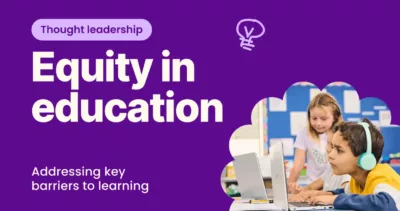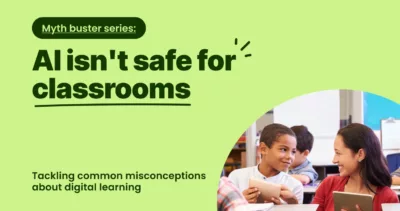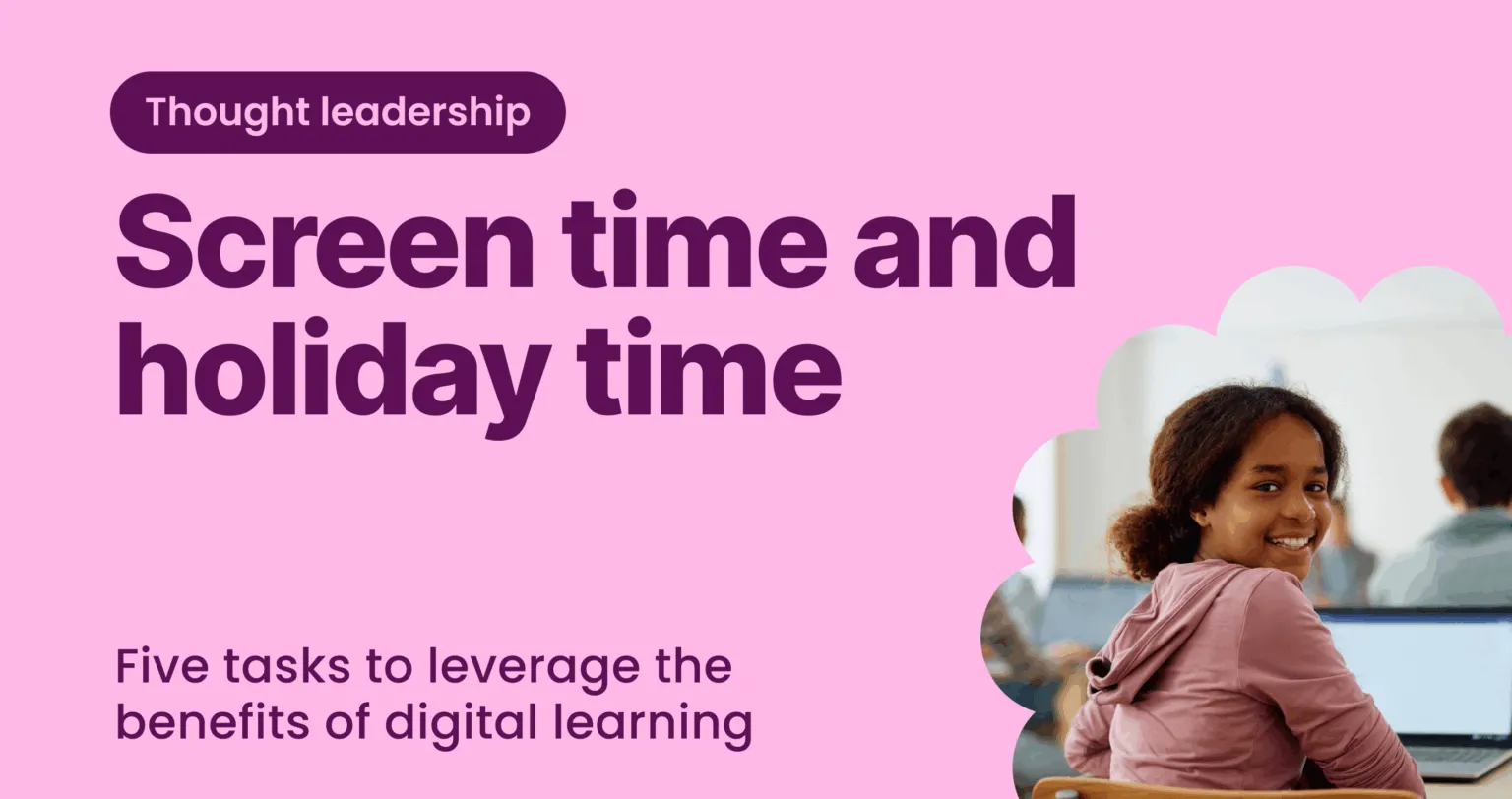The debate around screen time and its impact on children is not new. From parents to educators, concerns about the harmful effects of excessive screen time have taken center stage for years. While this concern is valid, it often lacks nuance. The real issue isn’t screen time per se, but rather uncontrolled or unstructured screen time. The goal should be balance and intentional use, especially when it comes to enriching students’ learning experiences. In fact, during the long summer break, when students step away from formal education, digital tools can serve as powerful partners in keeping their minds active and engaged.
Rather than entirely dismissing screen time as detrimental, we must focus on how it can be harnessed effectively. In the digital age, education and engagement no longer exist only in classrooms or on paper; they are online, interactive, and flexible. In this context, screen time can empower students to explore, learn, and build skills independently.
As the summer break looms in the Northern hemisphere, here are five tasks that educators can assign to students that leverage the benefits of digital learning in a way that is purposeful and productive.
1. Digital storytelling with creativity and purpose
The summer break offers the perfect opportunity for students to explore their creativity through digital storytelling. Using a range of digital tools, including video and audio recording software, students can create stories, documentaries, or even podcasts that reflect their personal experiences or imaginative ideas. Encouraging students to explore digital storytelling teaches them how to communicate effectively, organize their thoughts, and express their creativity.
This task not only provides students with an outlet for creativity but also encourages critical thinking. Whether they are narrating their holiday adventures or creating fictional worlds, digital storytelling can help students become more confident communicators, all while using technology in a constructive way. Tools like Kami, for instance, allow students to annotate, add images, and organize their thoughts creatively in a digital space, enhancing their overall learning experience.
2. Engaging in virtual field trips
Summer vacations are a great time for students to step outside their usual environment, but travel isn’t always possible. Virtual field trips, however, offer a chance to visit places across the globe, all from the comfort of home. Many museums, cultural landmarks, and historical sites offer free virtual tours that can engage students in subjects ranging from history to art, science, and geography.
Educators can set up tasks that have students visit these online destinations and complete related activities, such as writing reflections, answering questions, or presenting their findings to others. This kind of activity allows students to explore the world beyond their local area while simultaneously honing their research and presentation skills in a digital environment.
3. Interactive learning with educational games
Interactive educational games have a unique ability to make learning both fun and effective. From math challenges to language puzzles, these games can keep students engaged and intellectually stimulated over the summer. When structured properly, educational games can reinforce what was learned during the school year while introducing new concepts in a way that feels less like a traditional classroom setting.
Games such as these, which often include immediate feedback and adaptive learning pathways, help students develop problem-solving and critical thinking skills. By incorporating educational games into their summer learning, students can expand their knowledge without feeling burdened by traditional worksheets or assignments. These tools can be made even more engaging through platforms that offer live feedback and the ability to track progress, allowing both students and educators to monitor growth.
4. Building digital literacy through collaborative projects
Collaboration is a crucial skill in the modern world, and even during the summer months, students can work together on digital projects that build both their knowledge and their ability to cooperate in a virtual space. Using tools like collaborative documents, shared digital whiteboards, and real-time editing platforms, students can work together on projects that challenge them to research, communicate, and create as a team.
This task could include collaborative research projects on topics of interest, creating digital presentations, or producing a group project that involves writing, visuals, and multimedia. These digital tools promote the development of digital literacy, which is essential in today’s learning and professional environments. Not only will students develop their skills in research and teamwork, but they will also experience firsthand how digital platforms can support collaboration and productivity.
5. Independent reading and reflection with interactive annotations
Reading is one of the most beneficial activities students can engage in over the summer. However, the challenge often lies in keeping students engaged with the material, especially when they are away from their peers and teachers. This is where digital tools come in. By assigning independent reading with the use of interactive annotation tools, students can highlight, comment, and reflect on texts in a more engaging way than traditional reading alone.
Educators can suggest reading assignments that integrate interactive elements, students could use platforms like Kami to annotate eBooks, mark important passages, and write brief reflections on each chapter. This encourages active engagement with the text, which deepens comprehension and retention. Moreover, students can revisit their annotations, providing a clear record of their learning over time.
In conclusion: Balanced screen time can power summer growth
While it’s important to recognize the need for balance and moderation, it’s equally important to acknowledge the immense potential that controlled, purposeful screen time offers to students. Digital tools can expand the boundaries of traditional learning and offer students more opportunities for creativity, exploration, and collaboration during the summer break. By thoughtfully integrating these tools into their summer activities, educators can ensure that students continue to learn and grow, even when school is out.
Through tasks like digital storytelling, virtual field trips, educational games, collaborative projects, and interactive reading, students can continue to build essential skills that will serve them well in the coming academic year. Far from being a distraction, well-curated digital learning experiences can enrich students’ minds and foster a love for learning that extends beyond the classroom. So, rather than viewing screen time as an enemy of summer, let’s embrace it as a valuable ally in the pursuit of knowledge.
Unlock Kami’s Full Potential in Your Classroom or District
Ready to elevate learning outcomes? Speak with our team today to explore how Kami’s powerful tools can transform your school or district. 👉 Schedule a Free Consultation with Kami’s Sales Team.
Blogs you may also like

Improving equity in childhood learning

Myth buster: AI isn’t safe for schools



